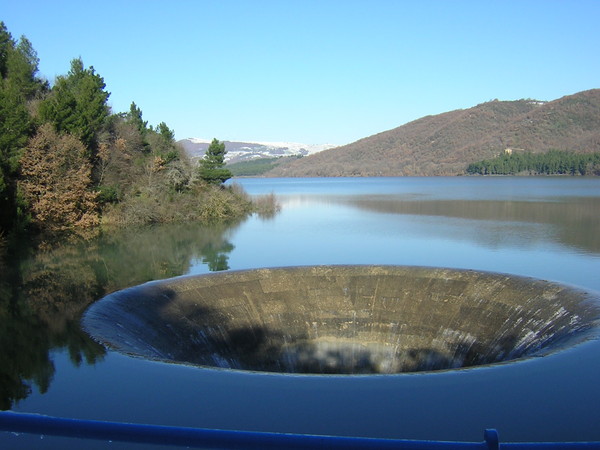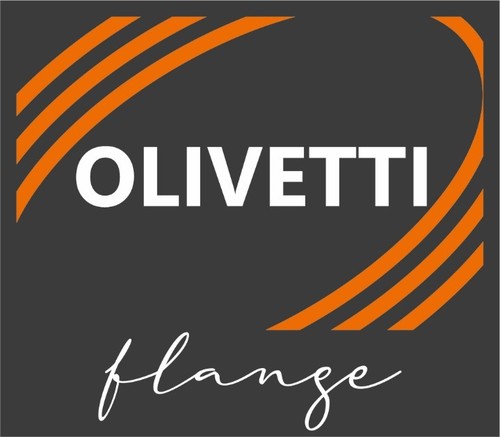
Water resources, a territorial challenge
A meeting on the issue of water and structuring technologies for the correct management of the resource was held in Foggia in the setting of the International Agricultural and Zootechny Trade Fair. Attending the session were representatives from the Capitanata Reclamation Consortium, the University of Foggia, the Mediterranean Agronomic Institute in Bari and FederUnacoma, the Italian Agricultural Machinery Manufacturers Federation. The participants agreed on the need for tightening the collaboration of activities on the territory. The Puglia Region Commissioner for Agri-Food Resources, Leonardo Di Gioia, discussed ways and means for strengthening structures and policy for water resources
Agriculture can no longer do without irrigation for the yields produced as well as for the quality of production the procedure can achieve. However, in light of ongoing climate change and the need for the responsible management of water resources, which can run out and are costly, adopting techniques and methods for the rational use of water is becoming increasingly important. The direction to take and the prospective for this purpose were dealt with in a conference, Water and Agriculture, Technological Challenge, organized by the Foggia Trade Fair Agency and FederUnacoma for the recent 67th International Agricultural and Zootechny Fair.
The Puglia Region Commissioner for Agri-Food Resources, Leonardo Di Gioia, opened the assembly with a statement in which he said, “Optimizing water resources is a key issue for the development of competitiveness for agriculture in Puglia and throughout the Mezzogiorno.
So it is important to adopt techniques and methods aimed at the rational use of water through the introduction of crops and varieties requiring less water and the development of irrigation systems with increasingly limited impact. The sustainable use of irrigation water involves everyone, not only farmers and the agencies which manage basins and distribution networks but also research and industries in the sector committed to providing technologically advanced irrigation systems.”
Francesco Santoro, the director general of the Capitanata Reclamation Consortium, affirmed that the link between water and farming is today stronger than in the past. “At present, 40% of national agricultural production comes from irrigated crops, a scale that is doubled for production bound for agri-food export.
According to ISTAT (National Statistics Institute), there are 63,909 farms in Puglia using irrigation, the absolute largest scale in Italy with 238,500 hectares overall for areas under irrigation. In the province of Foggia, other than using underground water, agriculture, livestock raising and plains areas more in the interior can count of collective irrigation plant and rural aqueducts built and managed by the Capitanata Reclamation Consortium and Gargano mountain reclamation.” However, Santoro pointed out, the application of mechanisms for saving water does not at all mean giving crops less water than what is needed, rather defining water management criteria capable of making its use more efficient.
“There is no single solution but a group of strategies which must be integrated to ensure good results. On one hand, what is needed are more efficient methods for use, drip irrigation and microdispersion to consider as management methods in support of farmers and the introduction of new technologies such as the automated groups adopted by the consortium. On the other hand there is involving everyone concerned, farmers, reclamation consortia, industries and institutes, with everyone doing their own work well and quickly.”
Irrigation makes it possible to stabilize and raise productivity and improve the quality of production, said Emanuele Tarantino, on the University of Foggia SAFE Department staff. “And yet, while the need for irrigation is growing, phenomena of serious water shortage is shown: greater losses in that in the Mediterranean basin only 45% of the irrigation water administered on average is actually used for crops; the pollution of bodies of water is on the increase, caused by sediments, dissolved salts, heavy metals, plant treatment products and pathogens; climate change which negatively influences the productivity of crops, especially spring and summer crops in the south of Italy where an increasing use of water is expected; an increasing intrusion of sea water causing salinization in the water tables.”
Tarantino went on to say that for these reasons listed, “What is needed is the careful management of water resources at the level of the district and land holding territories, with optimized allocation for irrigation and non-irrigation purposes as well as for the single farm plus the choice of crop organization and an adequate separation of irrigation volumes between crops as well as the single plots, the correct selection of crops and irrigation methods, programming irrigation and satisfactorily meeting crop requirement.
The possible strategies for safeguarding and raising the value of these resources are: recycling urban and agro-industry waste water, as demonstrated with the Pon Innovazioni Tecnologiche Project, and reuse for irrigation of urban and agro-industry waste water for the sustainability management of water resources (In.Te.R.R.A.), and saving water with the evaluation of the water requirement for crops in the farm organization and recourse to deficit irrigation.”
Jacopo Fratus De Balestrini from the Irrimec Group and a member of the council of FederUnacoma, the Italian Agricultural Machinery Manufacturers Federation, confirmed that without irrigation there is no competitive agriculture because water guarantees quantity and quality production but now the conversion of irrigation systems is fundamental and essential for limiting irrigation consumption. “Improvement of the efficiency of distribution requires abandoning the gravity or infiltration irrigation techniques needing a lot of water and adopting those for the rational application of water. The most efficient technique is sprinklers with fixed plant, slow rain irrigation with pivots, or mobile, reels, microirrigation or drip irrigation.
The choice of the most suitable technique for each specific farm depends on function which, other than saving water resources, is ideal for the crop grown, its economy as regards initial costs and operating costs and the characteristics of the land.”
Nicola Lamaddalena, the head of the Soil Management Department and Water Resources for the Mediterranean Agronomic Institute in Bari, agreed that technological evolution is basic for the sustainable management of water resources and affirmed that only ongoing training can bring out all this potential.
“Over the past 40 years the political choices on water management have privileged big Bari hydraulic and irrigation infrastructure and put priority on quantity rather than quality. Now instead, political choices are highlighting the importance of controlling demand, favoring recourse to innovative technologies for saving water and using non-conventional water as well as access to technical training.” Referring to the UN Food and Agricultural Organization, Lamaddalena said, “FAO has described the modernization of the management of irrigation water as ‘an updated technical and management process of irrigation systems combined with institutional reform for the purpose of improving the use of water resources and providing farms with water services.’ So here is the importance of continuous training, transferring knowledge from the school to the field.”








